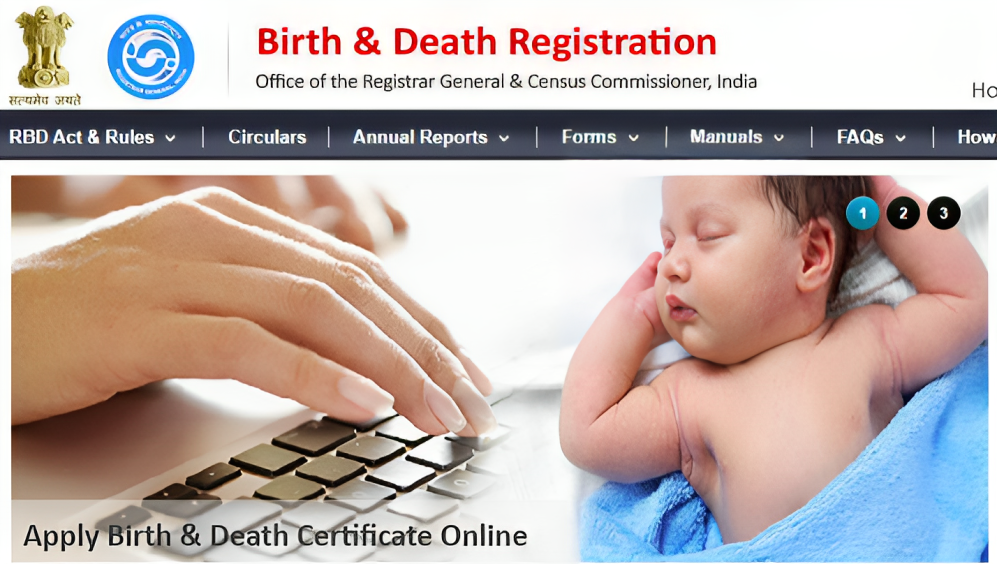Free Courses Sale ends Soon, Get It Now


Free Courses Sale ends Soon, Get It Now



Copyright infringement not intended
Picture Courtesy: bnmuweb.com
Context: Starting from October 1, all births and deaths reported in the country will undergo digital registration through the Centre's portal. The move towards digital registration has the potential to streamline administrative processes, enhance accuracy, and facilitate various government services and transactions.
Details
Key Features of the initiative
Digital Registration
Single Digital Document
Multi-Purpose Usage
Collection of Aadhaar Numbers
Centralized Database
Significance
Efficiency
Streamlined Services
Data Integration
Challenges
Way forward
Awareness and Outreach
Digital Literacy
Data Protection
Continuous Improvement
Conclusion
Must Read Articles:
BILL TO AMEND THE REGISTRATION OF BIRTHS AND DEATH ACT: https://www.iasgyan.in/daily-current-affairs/bill-to-amend-the-registration-of-births-and-death-act
|
PRACTICE QUESTION Q. What are the key factors contributing to the digital divide in today's society, and what are the significant social, economic, and educational impacts of this divide? What innovative strategies and policies can be employed at the local, national, and global levels to bridge the digital divide and ensure equal access to digital services, thereby promoting inclusivity and digital equity for all? |
© 2024 iasgyan. All right reserved